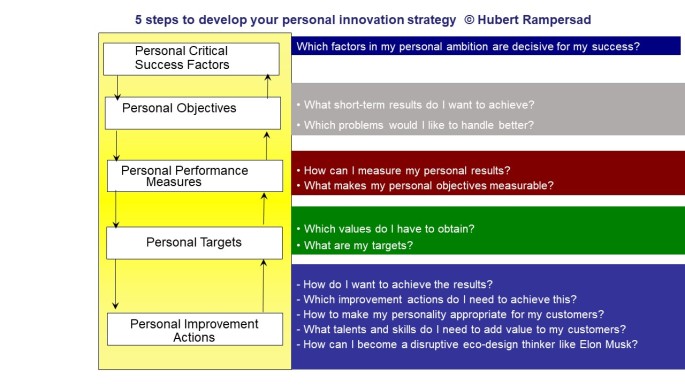“The one thing missing from the board of directors of Boeing is a holistic view on cultivating a purpose-driven culture of sustainable Innovation” — Hubert Rampersad
The Alaska Airlines incident on January 6, 2024, involved a Boeing 737 Max 9 aircraft that suffered a mid-flight blowout of its fuselage, leading to an emergency landing at Portland International Airport. The incident raised safety concerns and prompted the Federal Aviation Administration (FAA) to ground all US 737 Max 9 aircraft with the door plug feature until the plane could be thoroughly inspected. Former Boeing CEO Dave Calhoun acknowledged ‘quality escape’ but defends the company’s ‘proven design.’ During a new interview with CNBC, he said he was “devastated” and “emotional” after seeing a video from the Alaska Airlines midflight blowout. He emphasized that he is “confident” in the FAA’s ongoing work to “inspect every one of the airplanes” and make “certain that they’re in conformance with our design, which is a proven design.” Read also RECENT updates: “Cracked window on Boeing 737 forces All Nippon Airways flight to turn back”, “Alaska Airlines CEO: We found ‘many’ loose bolts on our Max 9 planes following near-disaster”, “In another blow to Boeing, a Delta Airlines 757 jet lost a wheel under its nose just before takeoff from Atlanta“, “Spirit AeroSystems rises on media report of possible Boeing errors,” “United Airlines Boeing 737-800 Lands In Atlanta After Engine Fails Mid-Flight“, and “United Airlines flight diverted because Boeing jet had cracked windshield in another flight near-disaster.” And still, Boeing does not want to learn from its mistakes. Read “Latest 737 Max Accident Shows Boeing Has Not Learned Its Lesson”.This is due to arrogancy, read: “Despite lawsuits, monopoly may keep Boeing’s business intact.”
In the meantime, the new Boeing CEO is dealing with the aftermath of Boeing’s repeated quality and safety issues with its aircraft. The company has faced these issues for five years, leading to the long-term grounding of some jets and the halt in deliveries of others. The design of the 737 Max was found to be responsible for two fatal crashes, one in Indonesia in October 2018 and the other in Ethiopia in March 2019. These crashes killed all 346 people aboard the two flights and led to a 20-month grounding of the company’s best-selling jets, which cost more than $21 billion. The Boeing 737 Max had flaws in its design due to unreliable sensors and cutting corners to save money. Some crashes were linked to the absence of warning lights and issues with pilot training and maintenance logs. Ethics were a contributing factor in this situation. Internal communications released during the 737 Max grounding showed one employee describing the jet as “designed by clowns, who are supervised by monkeys.”
Recently, Boeing asked airlines to inspect all of their 737 Max jets for a potential loose bolt in the rudder system after an airline discovered a possible problem with a critical part on two aircraft. United Airlines found loose door plug bolts on an undisclosed number of its Boeing 737 Max 9 aircraft while performing the FAA-mandated inspections of the jets. During inspections, Alaska Airlines also found loose hardware on some of its 737 Max 9 planes.
Former CEO Jim McNerney systematically promoted non-technical people to executive positions, particularly on the board. Incredibly, the MAX was developed under him and the commercial unit CEO — neither of whom had a technical degree. Former CEO Dave Calhoun, who is also not an engineer, has followed the same path, promoting people with similar financial backgrounds (left brain bookkeepers). The whole board should be fired!
It is concerning that the company is only treating the symptoms of the problem and not addressing the root cause. This may not be effective in the long run, and the company may continue to face challenges. The root cause of the problem is the poor Boeing culture that values profit and DEI above engineering and safety, the poor design methodology, and the mental absence of assembly workers due to disengagement, which leads to a lack of usage of their cognitive capacity and critical thinking skills. Plug bolts can become loose for various reasons, such as vibration, wear and tear, or improper installation. Loose bolts caused by vibrations are often due to poor design. However, it is essential to note that a lack of mental capacity, self-awareness, or critical thinking skills can also cause loose bolts. These skills are necessary for all Boeing employees to ensure the safety and quality of their products because airplanes are imperative products that affect human lives. Read: Boeing ‘overworked’ employees are linked to its 737 Max issues. Read: “Boeing lost its way. Other companies should take heed.” It’s become clear that Boeing’s problems run far more profoundly.
Due to America’s deteriorating business culture, Boeing’s trajectory has veered off course, prioritizing swift profits for shareholders over aircraft safety. This shift was initiated by Jack Welch approximately 40 years ago. The recent Boeing crisis lays bare years of flawed American corporate philosophy centered around shareholder interests. Many of today’s corporate challenges can be traced back to the legacy of GE’s former chairman, Jack Welch, who was revered by CEOs worldwide. Interestingly, Boeing’s former Chairman, David Calhoun, once served as Welch’s deputy. Like many CEOs in corporate America, Calhoun was focused on maximizing profits for his shareholders. It’s probably no surprise that CEO pay increased by 1,322% from 1978 to 2020. This diagram shows Boeing’s top 10 failures.
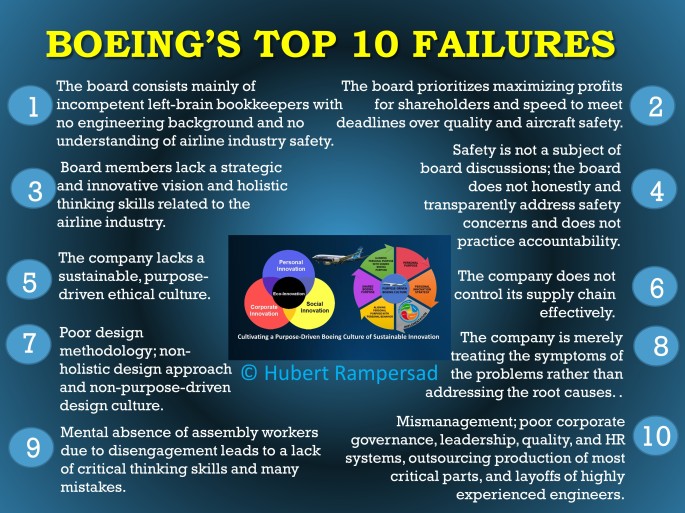
Poor design process in Corporate America
The design process in Corporate America has been criticized for its shortcomings. It lacks critical elements that affect safety, accountability, transparency, integrity, and empathy. Examples of bad designs include Elon Musk’s $3 billion Mars rocket failure, Boeing’s 737 Max airplane disasters, the doomed Titan sub tragedy, Citibank’s loss of $500 million due to an unfriendly loan management tool, and the $2 trillion F-35 project. According to my article “Why OceanGate’s Design Approach Sucks,” these bad designs are mainly due to a lack of critical thinking skills, personal integrity, empathy, resilience, and creativity on the part of the designer, lack of a holistic design model, no sustainable design tools, and mental absence of the designers. I have also written an article titled “Top-10 Causes of Bad Designs”. Boeing puts profits and DEI over planes. Is it time for Boeing to change its culture, which values profit and DEI, into a purpose-driven and design-driven culture? Read my article “Cultivating a Purpose-Driven Boeing Culture of Sustainable Innovation“.
Boeing puts profits and DEI over planes. Is it time for Boeing to change its culture, which values profit and DEI, into a purpose-driven and design-driven culture? Read my article “Cultivating a Purpose-Driven Boeing Culture of Sustainable Innovation“.

We Need a New Generation of Brilliant Engineers
We also need a new generation of brilliant engineers with a new mindset to design a better world and create a vibrant future. Colleges and universities today do not commonly teach the skills that future engineers will need. Engineers must possess skills like creativity, imagination, agility, critical thinking, and sustainability to become visionary and innovative entrepreneurial leaders or to design innovative products. Read “ Why Creativity Sucks“. These skills are not typically associated with engineering, but the rapid rate of technological change has made most college and university courses obsolete by the time students graduate. Read my article “We Need a New Generation of Brilliant Engineers.”
Why Creativity Sucks“. These skills are not typically associated with engineering, but the rapid rate of technological change has made most college and university courses obsolete by the time students graduate. Read my article “We Need a New Generation of Brilliant Engineers.”
STEM programs give engineers insights into science, technology, engineering, and mathematics. However, they often fail to nurture the holistic, authentic, and imaginative qualities essential for tomorrow’s engineers. Please read “Things About Sustainability, Innovation, and Creativity You Don’t Learn at Universities.”
and “How STEM Education is Failing in the Age of AI.”
We Need a New Design Method
The era of design thinking has ended; read my article “The Era of Design Thinking Has Come to an End, Replaced by Eco-Design Thinking.” Eco-design thinking goes beyond traditional design thinking. It is based on my latest book, “Eco-Design Thinking for Personal, Corporate, and Social Innovation.” I suggest checking out this excerpt for further insights. The eco-design thinking model is depicted in the figure below and consists of four stages: Explore, Ideate, Prototype, and Execute. It is an iterative, incremental, cyclic, and concentric process of exploring, ideating, prototyping, and executing.
my latest book, “Eco-Design Thinking for Personal, Corporate, and Social Innovation.” I suggest checking out this excerpt for further insights. The eco-design thinking model is depicted in the figure below and consists of four stages: Explore, Ideate, Prototype, and Execute. It is an iterative, incremental, cyclic, and concentric process of exploring, ideating, prototyping, and executing.

The eco-design thinking process involves exploring, ideating, prototyping, and executing different aspects of a design. Each iteration is then reviewed to identify additional requirements, and the process is repeated to produce a new and improved version of the invention. The model involves creating a rough product in one iteration, reviewing it, and then improving it in the next iteration until it is complete. Based on the results of incremental prototyping and execution, changes and refinements are made to the most recent iteration of the design.
The eco-design thinking model comprises multiple stages that create iterative loops, each bringing new insights. This process should be repeated until the issues of the designer and end-user reach an acceptable level. Eco-design thinking is a continuous and circular process that requires testing and refining the design while empathizing with yourself, the users, and the environment.
The first step in this design methodology is  personal disruptive innovation, which means empathizing with yourself, examining and redesigning your life, and reinventing yourself before tackling the design problem. This will give you a better understanding of yourself and the design challenge. This first stage aims to transform the designer into an innovative and empathetic disruptor. To create a good design, it’s essential first to explore your life, empathize with the end users, and research the environment. Once you’ve identified the design problem and user needs, you can generate ideas to meet those needs. From there, you’ll develop a prototype of the finished product and test it to ensure it’s fulfilling the requirements in the best possible way. This first stage enhances and strengthens leaders’ and employees’ mental capacity, self-awareness, and critical thinking skills, improving their accountability, transparency, integrity, and empathy. Read how in my article “Cultivating Critical Thinking in the Age of AI.”
personal disruptive innovation, which means empathizing with yourself, examining and redesigning your life, and reinventing yourself before tackling the design problem. This will give you a better understanding of yourself and the design challenge. This first stage aims to transform the designer into an innovative and empathetic disruptor. To create a good design, it’s essential first to explore your life, empathize with the end users, and research the environment. Once you’ve identified the design problem and user needs, you can generate ideas to meet those needs. From there, you’ll develop a prototype of the finished product and test it to ensure it’s fulfilling the requirements in the best possible way. This first stage enhances and strengthens leaders’ and employees’ mental capacity, self-awareness, and critical thinking skills, improving their accountability, transparency, integrity, and empathy. Read how in my article “Cultivating Critical Thinking in the Age of AI.”
Considering the Boeing tragedies, it would be beneficial to examine the four stages of the eco-design thinking model, as outlined below. This design model applies to all Boeing employees, not only designers. Read also “How SDGs, ESG, and Purpose Fuel Design For Sustainability”.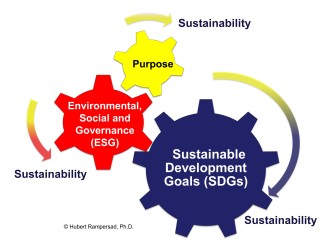
Design stage 1: EXPLORE
Before approaching the design problem, it is essential to take two critical steps. Firstly, you must reflect on and revamp your life to reinvent yourself. Secondly, you must develop a compassionate understanding of the end user and the issue that requires resolution. This empathetic approach will aid in creating an effective design solution. This task will help you better understand yourself and the underlying design challenge. The exploration phase includes three sub-phases:
- Personal disruptive innovation: Personal disruptive innovation refers to a framework and roadmap that helps you explore your life, develop resilience, reinvent and redesign your life, and uphold personal integrity. It’s about designing the designer’s life. Read also“Crafting Your Authentic Personal Brand: A 5-Step Guide”. By unlocking your creative potential, personal disruptive innovation allows you to disrupt the usual course of your life. Before exploring the design problem, it’s essential to understand yourself and the end users empathetically. In every design process, prioritizing personal disruptive innovation as the first step is crucial. This first stage enhances and strengthens designers’ mental capacity, self-awareness, and critical thinking skills, improving their accountability, transparency, integrity, and empathy. Boeing ignores this crucial first design step entirely.
- Empathize: Before moving forward, gaining a compassionate understanding of the end users and the issue that needs to be resolved is essential. This can be achieved by listening to their stories, observing their behavior, and engaging with them. By empathizing with the customers, we can better understand their experiences and develop a personal connection with the design problem.
- Define: During this stage, you will compile the information that was collected during your empathetic research, analyze your observations, interpret the empirical findings, and define the problem in a way that is centered around the customers. The end result should be a problem statement that is customer-focused and human-centered.
Design stage 2: IDEATE
The ideate phase is composed of three sub-phases, which are:
- Initiate: Choose a facilitator who can effectively initiate and manage discussions, revisit the problem, and establish guidelines for using design tools. It is essential that the chosen facilitator has experience with the personal disruptive innovation method and has applied it to himself.
- Think: Engaging in divergent and convergent thinking is essential to develop innovative design ideas. Begin by spending approximately one-third of the allotted time on divergent thinking, which involves generating multiple solutions to a problem without being constrained by traditional approaches. Then, allocate around one-sixth of the time to convergent thinking, which entails refining and strengthening ideas by combining and building upon them.
- Synthesize: Combining various product ideas is essential to creating a coherent whole. Use one-third of the allocated time to synthesize your ideas. Analyze and connect your thoughts, and choose the strongest to create themes. Cluster similar ideas together and select the best clusters. Assign a group to each set to evaluate the ideas, and hold separate follow-up meetings to eliminate any unusable ideas based on selection criteria.
Design stage 3: PROTOTYPE
The prototype phase is made up of three sub-phases, which are:
- Create an experience: After implementing solutions into the prototypes, they are evaluated based on user experiences. It is essential to guide the customers through the prototype to allow them to experience it firsthand. Use product storyboards to visualize the design concept from start to finish.
- Feedback: You can improve your solution by listening to customer feedback. It may be helpful to utilize storytelling once again to gather feedback. Generative AI can aid in accepting new ideas from the user, while Stable Diffusion can help design a better solution.
- Iterate: If the customer disapproves of the solution and provides negative feedback, you must make adjustments and repeat the process. This involves modifying the prototype based on the feedback received. If the customers are not content with the results, redefining the issue and empathizing with them more effectively is essential.
Design stage 4: EXECUTE
The execute phase is made up of three sub-phases:
- Test: When presenting the prototype, it is essential to allow the end users to experience it fully. Through testing, you can determine whether the solution is effective.
- Refine: If the testing phase doesn’t yield positive results, it will be necessary to go through another round of iteration to refine the design. After testing, the process can be repeated to improve the solution or move on to the implementation stage if the end-user approves.
- Implement: Once the final solution has been approved, it will be implemented, realized, and communicated. Take pleasure in the eco-design thinking experience and note what you have learned and unlearned throughout the design process. Celebrate any accomplishments and move forward to the next project. Boeing does not execute this design step effectively. Read “We now have more details on what happened with the Alaska Airlines door plug — and how Boeing plans to address quality issues.” It was due to mismanagement, poor culture, and stupidity in the assembly process at Boeing. When National Transportation Safety Board investigators recovered the door plug, they learned four bolts designed to secure it were missing. The Wall Street Journal reported that those bolts weren’t in place when the plane left Boeing’s factory. Two anonymous sources, a Renton mechanic and a former 737 Max production line manager, gave the same description regarding Boeing’s two internal systems, with one source describing the informal log as a place to flag defects and bring more eyes to what the problem is. According to the unnamed sources, the problem with Boeing’s multiple logs is they don’t always talk to each other. Bloomberg reported that the work could be discussed in the informal system but never logged in the official one, meaning nothing would trigger further quality-control inspections on performed actions.
Mismanagement, poor culture, and stupidity could have been avoided by applying the personal disruptive innovation system to develop critical thinking and reduce the mental absence of the assembly workers at Boeing. This is caused by the lack of effective leadership skills of operational managers and a poor HR system focused on corrupt DEI policies instead of focusing on working smarter with a motivated and actively engaged workforce in a learning culture. Boeing’s CEO says the company will reward employees who call out problems with its production processes. This is the proof that Boeing’s culture sucks.
Boeing needs a new culture and HRM system to reduce mental absence due to disengagement.
Mental absenteeism refers to an employee not fully engaged at work due to a mismatch between his personal ambition and the company’s. This can be remedied by helping the employee work brighter, better, and faster with more passion, commitment, and inner involvement. This could have prevented the problem with the bolds at Boeing. I encourage leaders, managers, and employees at Boeing to formulate their personal ambitions and reflect on the match between their personal ambitions and Boeing’s ambition, as shown in this Figure. The managers must communicate their personal ambition to their employees and coach them in this alignment process.

Boeing’s ambition statement entails its mission statement (to connect, protect, explore, and inspire the world through aerospace innovation), vision statement (people working together as a global enterprise for aerospace industry leadership), and core values (Respect one another and advance a global international, diverse team; Apply Lean principles; Impacting society and not the environment; Accountability; Engineering Excellence for a better future; Quality and safety for everyone). This statement is being affected by Boeing’s corrupt DEI policy. Read “Why DEI Sucks, How to Fix It“.

Your personal ambition statement entails your personal mission, vision, and key roles. By writing it down, you’ll gain insights into your life and acquire self-knowledge, self-awareness, and self-regulation, which are the building blocks of authenticity, empathy, trustworthiness, integrity, creativity, imagination, and critical thinking, as described in this article. Your personal ambition statement also serves as the foundation of an innovative, creative, imaginative mindset. The words of Galileo Galilei may also be recalled here—“You cannot teach a man anything; you can only help him discover it in himself.” Remember, the more you want to be innovative, the more you should develop self-knowledge. Read “How Mindful Meditation Boosts Critical Thinking in the Age of AI.” You can click on this link to view my personal ambition statement. Elon Musk’s vision is to create an inspiring and appealing future for humanity. The thing that drives him is vision. He said, “I think having an inspiring and appealing future is important. There must be reasons you get up in the morning and want to live. Why do you want to live? What’s the point? What inspires you? What do you love about the future?”
By unifying Boeing’s ambition with the employee’s ambition, you will create a strong foundation of peace, integrity, engagement, and learning upon which creativity and growth can flourish, and life within Boeing will become a more harmonious experience. It’s about getting the optimal fit and balance between these two activities to enhance productivity, create a climate of trust, and stimulate the organization’s engagement, commitment, integrity, and passion. This process is needed because staff members don’t work passionately or expend energy on something they do not believe in or agree with. If there is an effective match between their interests and those of Boeing, and if their values and Boeing’s values align, they will be engaged. They will work with more outstanding commitment and dedication toward realizing Boeing’s objectives. When the personnel’s personal ambition is in harmony with Boeing’s (are compatible) and combined in the best interest of both parties, the results will be higher productivity and better quality. Employees are stimulated to commit, act ethically, and focus on those activities that create customer value.
I recommend introducing an ambition meeting between leaders/managers and their employees to build a sustainable learning culture at Boeing. The ambition meeting is a periodical, informal, voluntary, and confidential meeting of half an hour between the parties, aligning the employee’s personal ambition with the shared Boeing ambition as topics and aligning the employee’s ambition with his/her behavior. It is recommended to be held structurally at least once every two months. The outcome of these informal meetings should be highly confidential and kept out of the personnel file. The leader/manager plays a crucial role in this process. He/she should be a trusted person, coach, mentor, and role model. One needs a confidential, informal, and friendly atmosphere of trust and open communication to talk about the individual’s personal ambition.
A study by Towers Perrin found that instead of matching the right employee to the correct position for long-term success, most US companies and human resource departments emphasize simply filling the job as quickly as possible. As a result, American businesses are losing money as fast as they lose employees. They do not understand that their employees do not work passionately or expend energy on something they do not believe in or agree with. They do not know that clarity and uniformity of personal and organizational values and principles are essential for the active involvement of their employees. Getting the optimal fit between personal and corporate ambition has become necessary to enhance workforce productivity and product quality, and stimulate creativity, learning, engagement, commitment, and passion.
These “10 Ways to Kill Creativity, Sustainability, and Innovation” apply to Boeing.

If you’re interested in gaining more knowledge about this subject, you may want to consider attending his Orlando-Tampa Live Events:
Cultivating a Purpose-Driven Boeing Culture
Building a Purpose-Driven and Design-Driven Culture in Tech Companies

“How Sustainability and Generative AI Fuel Design Innovation.”
Purpose-Driven and Human-Centered AI

Cultivating Authenticity, Integrity, Empathy, and Critical Thinking in the Age of AI.
We also offer the Certified Authentic Leadership Coaching program. This program is appropriate for leaders, managers, and professionals who wish to strengthen their critical thinking skills, drive their purpose and human-centeredness, and coach their employees and team members to realize the same.
You may also want to consider becoming a Certified ECO-DEI Practitioner.
Hubert Rampersad, Ph.D., founded the Center of Excellence in Human-Centered and Purpose-Driven AI Innovation in Orlando. He is a Dutch-American visionary leader in innovative solutions for genuine sustainability, disruptive design innovation, critical thinking in the age of AI, human-centered and purpose-driven AI, and entrepreneurial leadership. He holds a Ph.D. in Innovation Sciences, an MSc in Technology Engineering & Robotics, and a BSc in Mechanical Engineering from leading accredited universities in the Netherlands (Delft University of Technology, Eindhoven University of Technology). He is a well-known futurist, advocating for genuine sustainability on a global scale. With extensive knowledge and expertise, he has authored 25 books on the topics above in many languages and is highly regarded for his insights in these fields. One of his books, “Total Performance Scorecard,” has been published in 20 languages. Dorothy Leonard, an innovation professor at Harvard Business School, wrote the book’s foreword. Rampersad has also previously served as a guest lecturer at MIT Sloan and was featured in BusinessWeek. He was a senior design innovation coach at ASML, the most important tech company in the world and “Europe’s most valuable tech firm“.

Orlando, Florida | tpsi@live.com | Phone/WhatsApp: +13053992116











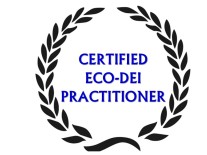
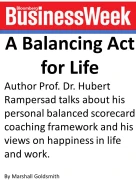


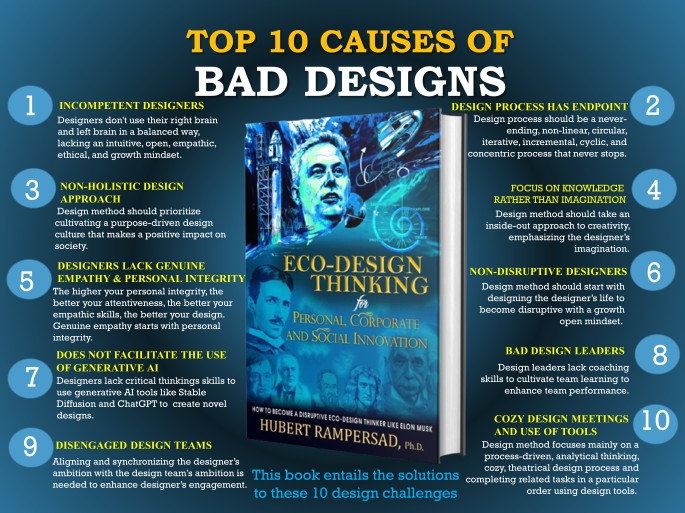







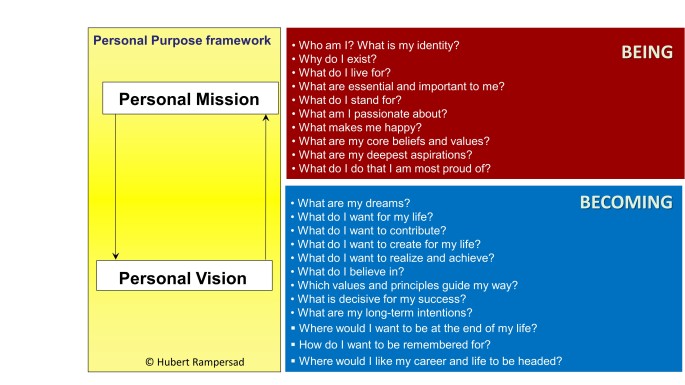

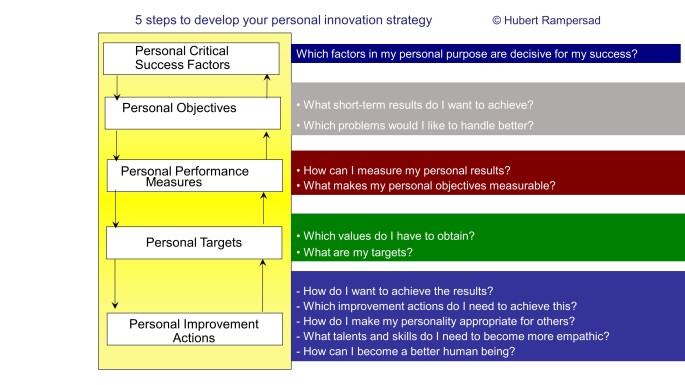



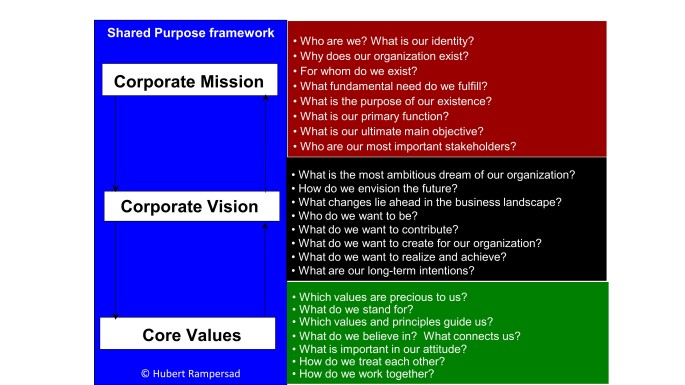









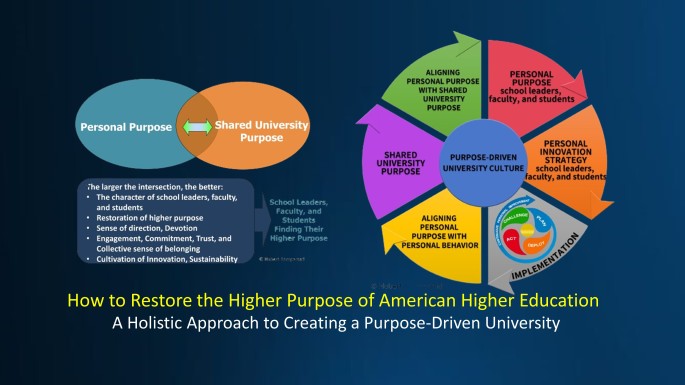









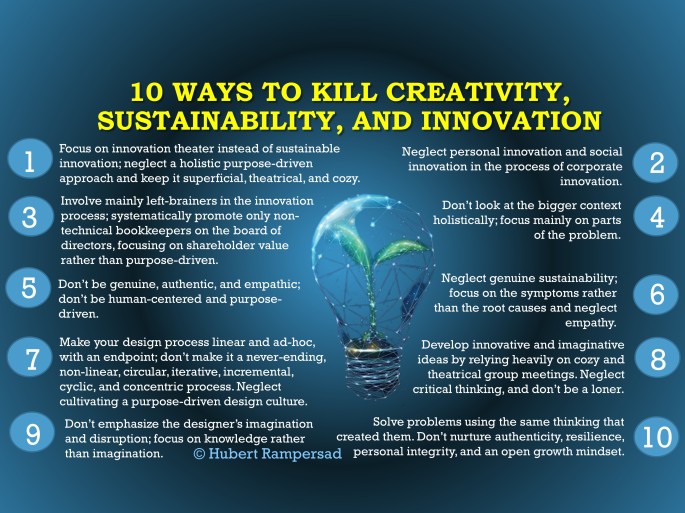


 As a foundation for understanding the natural world, technology applies scientific knowledge for practical purposes, engineering designs, and builds innovative solutions. Mathematics provides the language to quantify and analyze these solutions. Universities and colleges often perceive STEM education as hype and poorly implemented. It does not guarantee a successful career, as it fails to integrate science, technology, engineering, and mathematics into a cohesive, interdisciplinary whole holistically.
As a foundation for understanding the natural world, technology applies scientific knowledge for practical purposes, engineering designs, and builds innovative solutions. Mathematics provides the language to quantify and analyze these solutions. Universities and colleges often perceive STEM education as hype and poorly implemented. It does not guarantee a successful career, as it fails to integrate science, technology, engineering, and mathematics into a cohesive, interdisciplinary whole holistically.





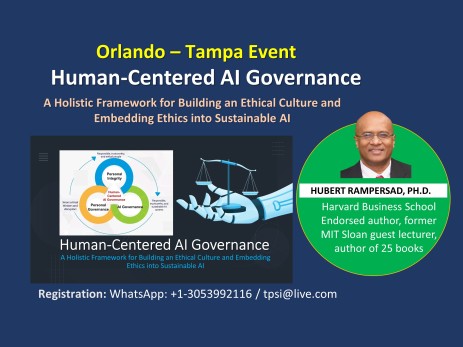



 Remember Nikola Tesla’s statement: “Being alone is when ideas are born. This is the secret of innovation”. Albert Einstein said almost the same: “Albert Einstein said almost the same: “Be a loner. That gives you time to wonder, to search for the truth. Have holy curiosity. Make your life worth living”.
Remember Nikola Tesla’s statement: “Being alone is when ideas are born. This is the secret of innovation”. Albert Einstein said almost the same: “Albert Einstein said almost the same: “Be a loner. That gives you time to wonder, to search for the truth. Have holy curiosity. Make your life worth living”.














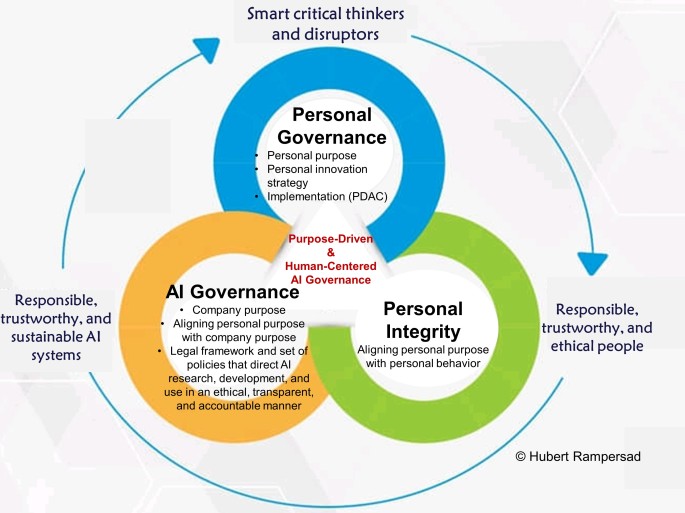















 Your personal critical success factors are the key elements of your ambition and objectives. These factors are broken down into four perspectives: internal, external, knowledge and learning, and financial. Your personal innovation strategy helps you turn your personal ambition into manageable, measurable objectives and milestones in a balanced way. Using this strategy, you can effectively manage your time and become more disciplined, proactive, innovative, ethical, and empathetic. Please click on this
Your personal critical success factors are the key elements of your ambition and objectives. These factors are broken down into four perspectives: internal, external, knowledge and learning, and financial. Your personal innovation strategy helps you turn your personal ambition into manageable, measurable objectives and milestones in a balanced way. Using this strategy, you can effectively manage your time and become more disciplined, proactive, innovative, ethical, and empathetic. Please click on this  Implementing your personal innovation strategy through the PDAC cycle will lead to self-awareness, happiness, and enhanced authenticity, integrity, empathy, and critical thinking skills. It’s important to regularly update your personal innovation strategy and repeat the cycle to stay current with new challenges and lessons learned. These
Implementing your personal innovation strategy through the PDAC cycle will lead to self-awareness, happiness, and enhanced authenticity, integrity, empathy, and critical thinking skills. It’s important to regularly update your personal innovation strategy and repeat the cycle to stay current with new challenges and lessons learned. These 




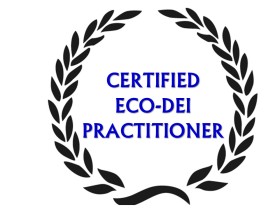





 Conclude effectively. Isaac Newton discovered gravity using his critical thinking skills. Millions saw the apple fall, but only Isaac Newton asked WHY. He wondered why the apple fell straight down rather than sideways or upward. This inspired him to eventually develop his law of universal gravitation.
Conclude effectively. Isaac Newton discovered gravity using his critical thinking skills. Millions saw the apple fall, but only Isaac Newton asked WHY. He wondered why the apple fell straight down rather than sideways or upward. This inspired him to eventually develop his law of universal gravitation.


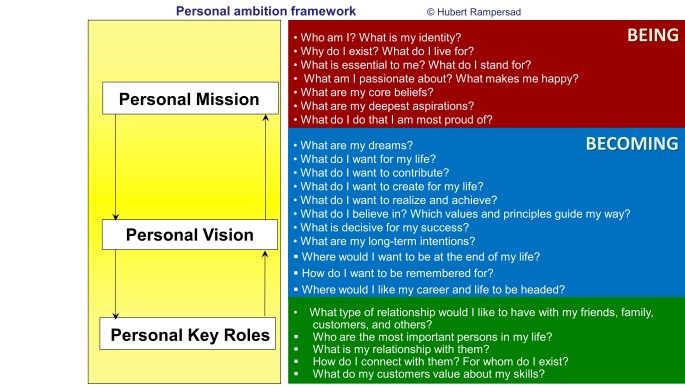
 It is to strive for greater collective enlightenment.” By focusing inwardly and reflecting on your actions through self-examination with breathing and silence exercises, you can gain insights about yourself and your life’s purpose. This is what Einstein wanted to know.
It is to strive for greater collective enlightenment.” By focusing inwardly and reflecting on your actions through self-examination with breathing and silence exercises, you can gain insights about yourself and your life’s purpose. This is what Einstein wanted to know.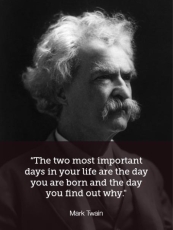 become more conscious of yourself, gain more creativity, and become a critical thinker. The thinking process and mindset changes are meant to prepare you for action as a proactive, empathic, and ethical critical thinker. Based on insights acquired through this process, you will also become more self-assured and work smarter through self-learning and self-knowledge. You become more creative and innovative as you grow more conscious of yourself. The words of Galileo Galilei may also be
become more conscious of yourself, gain more creativity, and become a critical thinker. The thinking process and mindset changes are meant to prepare you for action as a proactive, empathic, and ethical critical thinker. Based on insights acquired through this process, you will also become more self-assured and work smarter through self-learning and self-knowledge. You become more creative and innovative as you grow more conscious of yourself. The words of Galileo Galilei may also be


